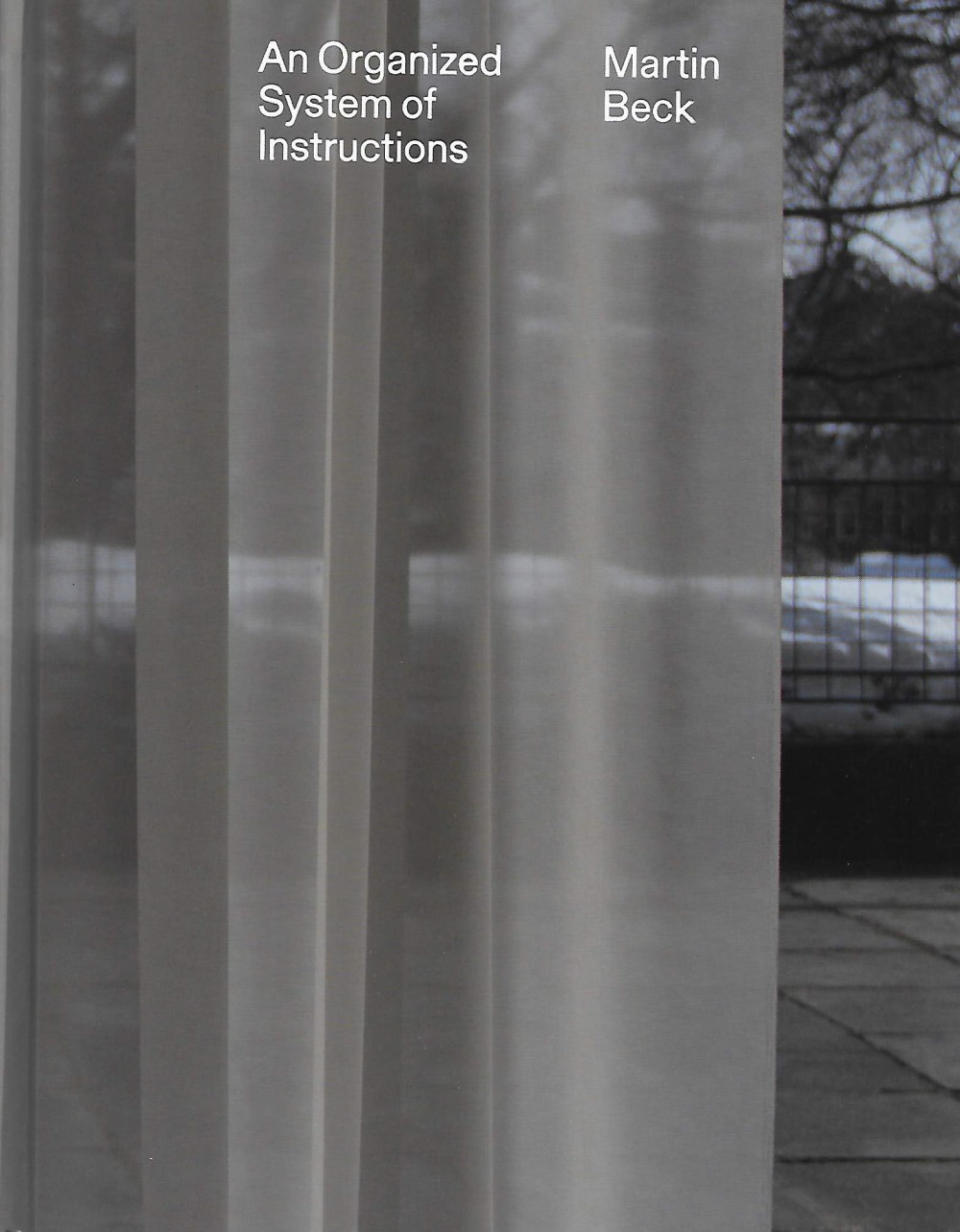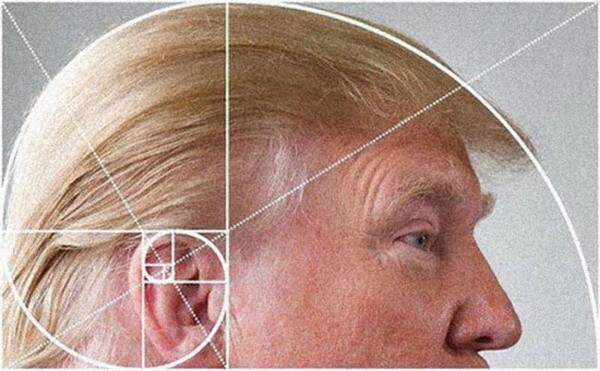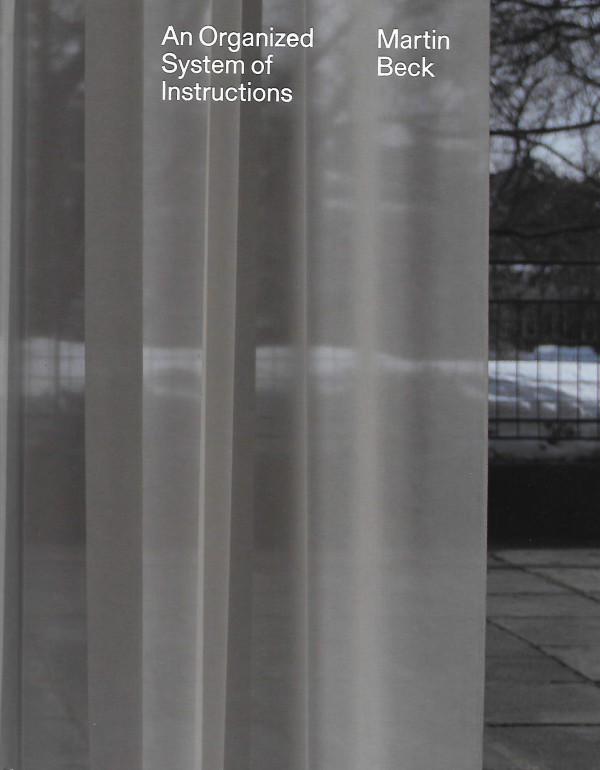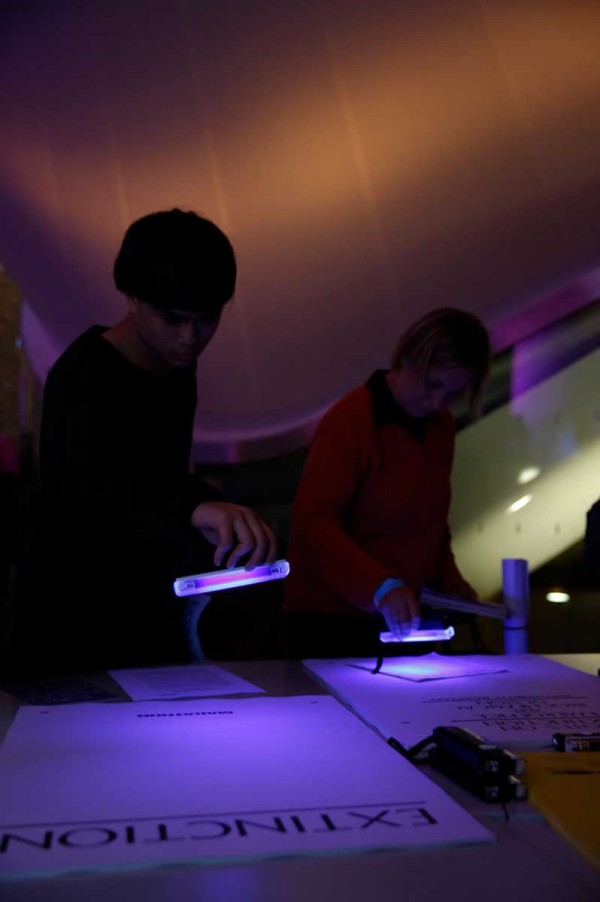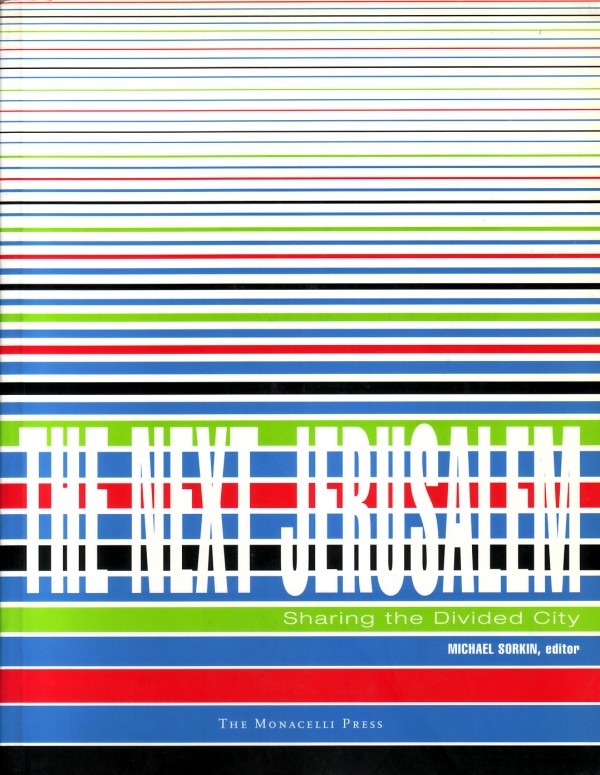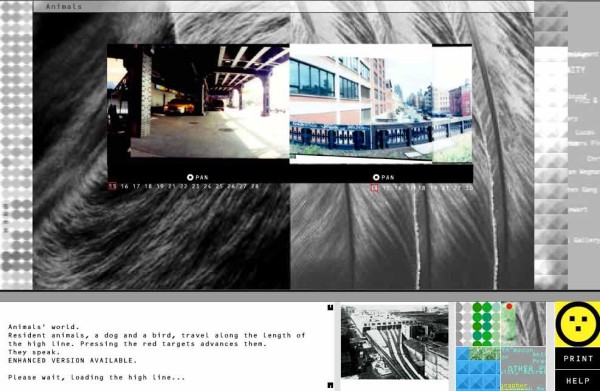Seven Contemplations on Program
James Voorhees, ed., An Organized System of Instructions, Martin Beck (Carpenter Center for the Visual Arts/Sternberg Press, 2017) — April 15, 2017
Download Full Article (PDF)
Gradually, you begin to apprehend the space in the same way that a canine might do so. A dog has great interest in the smell of the coffee spilled on the stationery, and has less attention for the tiny words printed on it. In the same way, all the messages that appear on all the surfaces of the space are less important than their color, temperature, smell, timbre, and texture. It is easier to see the way things behave, and the sounds of disposition or tone overwhelm the sentences of language. This ability to perceive extends into time, so that finally what is detected is an accumulation of years and years of happy or unhappy activities. Smells of cleaning fluids, floor wax, spilled wine, metal surfaces, perfume—even details of the 1976 retirement party for the person who wore the perfume—are all available. Beyond the bombast of hard design elements are softer surfaces and contours that have been stroked and petted over time. These, together with the movements and respiration of people, begin to give the space palpable atmosphere and chemistry. The space has something like a voice that is trying to praise or soothe or energize. Or it has something like a face that is only interesting for how it changes. Without more and more marks and exchanges, it becomes stiff. You can’t paint on a smile or a cloying wink. You can only try to prompt the space to change its face again in its own way with its own plastic components. You look at it from the side, like a dog, and try to do one or two things that set up potentials between the parts or start a chain reaction. You probably won’t offer a fixed instruction for how it will always look. There are architects for that kind of tedium. You can only give an instruction for what the space might be doing—for some event that might cue another event in an unfolding series. You can’t orchestrate a balanced homeostasis, but you can prompt an interplay that keeps things productively imbalanced.
